Post-traumatic stress disorder, commonly referred to as PTSD, is a mental health condition triggered by a traumatic event. PTSD, which affects people regardless of gender, can be caused by personally experiencing or witnessing a distressing event.
-
Tracking cycle
-
Getting pregnant
-
Pregnancy
-
Help Center
-
Flo for Partners
-
Anonymous Mode
-
Flo app reviews
-
Flo Premium New
-
Secret Chats New
-
Symptom Checker New
-
Your cycle
-
Health 360°
-
Getting pregnant
-
Pregnancy
-
Being a mom
-
LGBTQ+
-
Quizzes
-
Ovulation calculator
-
hCG calculator
-
Pregnancy test calculator
-
Menstrual cycle calculator
-
Period calculator
-
Implantation calculator
-
Pregnancy weeks to months calculator
-
Pregnancy due date calculator
-
IVF and FET due date calculator
-
Due date calculator by ultrasound
-
Medical Affairs
-
Science & Research
-
Pass It On Project New
-
Privacy Portal
-
Press Center
-
Flo Accuracy
-
Careers
-
Contact Us
Post-Traumatic Stress Disorder: PTSD Symptoms in Women Not to Bypass


Every piece of content at Flo Health adheres to the highest editorial standards for language, style, and medical accuracy. To learn what we do to deliver the best health and lifestyle insights to you, check out our content review principles.
What is PTSD?
Because of the body’s natural “fight or flight” response, it’s common for an individual to feel afraid both during and after a traumatic situation. This is an appropriate body response that is meant to protect a person from harm.
After a triggering event, most people who experience these common physical and mental responses are able to cope well and move forward from the experience. However, people who continue to experience flashbacks, nightmares, anxiety, or uncontrollable thoughts may be suffering from PTSD.
Differences between PTSD in women and men
While it is true that PTSD can happen to any individual, there are statistics that show a difference in its prevalence related to gender. Women are reported to have a likelihood of PTSD that is 2–3 times higher than men. It’s present in 10–12 percent of women and 5–6 percent of men.
It’s difficult to confidently say what contributes to the gender differences in the rates of PTSD. There are a variety of factors that have been exhaustively researched and that need to be considered, including:
- Bodily response: Women and men have different chemical and biological responses to stressful events. Women are more likely to have a dysregulated hypothalamic/adrenal/pituitary (HPA) axis response. The dysregulation of this hormonal pathway is often involved in the development of PTSD.
- Diagnosis criteria: Women may be diagnosed more often because of the criteria for a PTSD diagnosis.
- Types of trauma: The most commonly reported trauma for women is sexual assault or child sexual abuse — this type of experience is more likely to lead to PTSD.
- Amounts of traumatic exposure: Men experience more potentially traumatic experiences (PTEs) than women, but their reported PTEs are less commonly linked to PTSD.
PTSD symptoms

PTSD symptoms often present differently according to gender. These differences are important to understand, especially as PTSD may be harder to recognize in men.
General PTSD symptoms are typically classified into four categories:
- Re-experiencing symptoms: This would include things like repeated, involuntary, unwanted memories, distressing dreams or nightmares, and flashbacks of the traumatic event.
- Avoidance symptoms: Avoidance may include people, locations, activities, tangible objects, or specific situations. People may try to avoid thinking or talking about what happened, often through numbing practices.
- Cognition and mood symptoms: This can present as distorted beliefs about oneself or the actions of others. Symptoms may also present as fear, shame, anger, or guilt. Many also exhibit a decreased ability to enjoy things or people they previously enjoyed.
- Arousal and reactivity symptoms: Behaviors may include being irritable and having angry outbursts; acting recklessly or in a self-destructive way; being easily startled; or having problems concentrating or sleeping.
Men typically present with more arousal and reactivity symptoms. Male PTSD symptoms may include:
- Irritability
- Impulsivity
- Violent behaviors
- Exaggerated startle response
- Substance abuse
- Paranoia
Women typically present with more cognition, mood, and avoidance symptoms. Female PTSD symptoms may include:
- Mood and anxiety disorders
- Emotional numbness
- Shame, self-blame
- Avoidance
It’s important to remember that despite these differences, all PTSD symptoms can be experienced by men or women.
How PTSD is diagnosed and treated
Post-traumatic stress disorder symptoms usually appear within three months of the triggering event. Typically, a psychiatrist or a psychologist is best equipped to diagnose PTSD.
PTSD diagnosis
According to the National Institute of Mental Health, a PTSD diagnosis cannot be made unless a patient experiences all of these symptoms for at least one month:
- At least one re-experiencing symptom
- At least one avoidance symptom
- At least two arousal and reactivity symptoms
- At least two cognition and mood symptoms
PTSD treatment
There are a variety of treatment methods used to treat PTSD. Evidence-based treatments typically fall into the categories of psychotherapy or medication therapy.
- Psychotherapy: Psychotherapy can also be classified as talk therapy with a mental health professional. For treatment of PTSD, therapy typically lasts for 6–12 weeks and may occur one-on-one or in a group. This form of therapy may directly target the PTSD symptoms, or it may focus on the patient’s social, family, or job-related problems. Eye movement desensitization and reprocessing (EMDR) is a form of psychotherapy that has been proven effective at treating PTSD.
- Medication: Antidepressants are the most well-known and well-studied medications used to treat PTSD. They are intended to treat many PTSD symptoms, including sadness, worry, or apathy. Some providers also treat patients for sleep symptoms.
It’s not uncommon for a provider to utilize multiple treatment modalities or therapies. Because PTSD symptoms affect individuals differently, there is not a singular treatment plan that works for everyone.
Are there any complications?
Having PTSD can increase the risk of additional mental health complications or disorders. PTSD symptoms can be disruptive to all facets of life, often causing significant issues in relationships, careers, and enjoyment of everyday activities. Some of the most common coinciding health problems include depression and anxiety, drug and alcohol abuse, eating disorders, and suicidal ideation.
Preventing PTSD
It’s important to remember that in the immediate aftermath of a trauma, it’s normal to experience many PTSD symptoms. Anxiety, fear, depression, guilt – these are common reactions to a potentially traumatic experience. People who have these feelings after a potentially traumatic experience who manage to cope with them and come out healthy on the other side probably won’t develop PTSD from the experience.
However, if you believe that your response has gone on for too long (more than a month) or that you cannot get yourself and your life back under control, it’s important to seek help. Both care providers and prior sufferers of PTSD believe that getting help early is extremely important in preventing PTSD. Many also believe that sharing with family, friends, your faith community, and others who have had similar experiences is an extremely important part of the healing process.
PTSD symptoms in women, in summary
If you believe you have PTSD, know that you are not alone. It’s important to seek appropriate health support from healthcare specialists to decrease the chance of your current symptoms becoming more severe, developing additional symptoms, or making poor decisions. Take care of yourself as soon as possible to make treatment easier. You can feel better again.

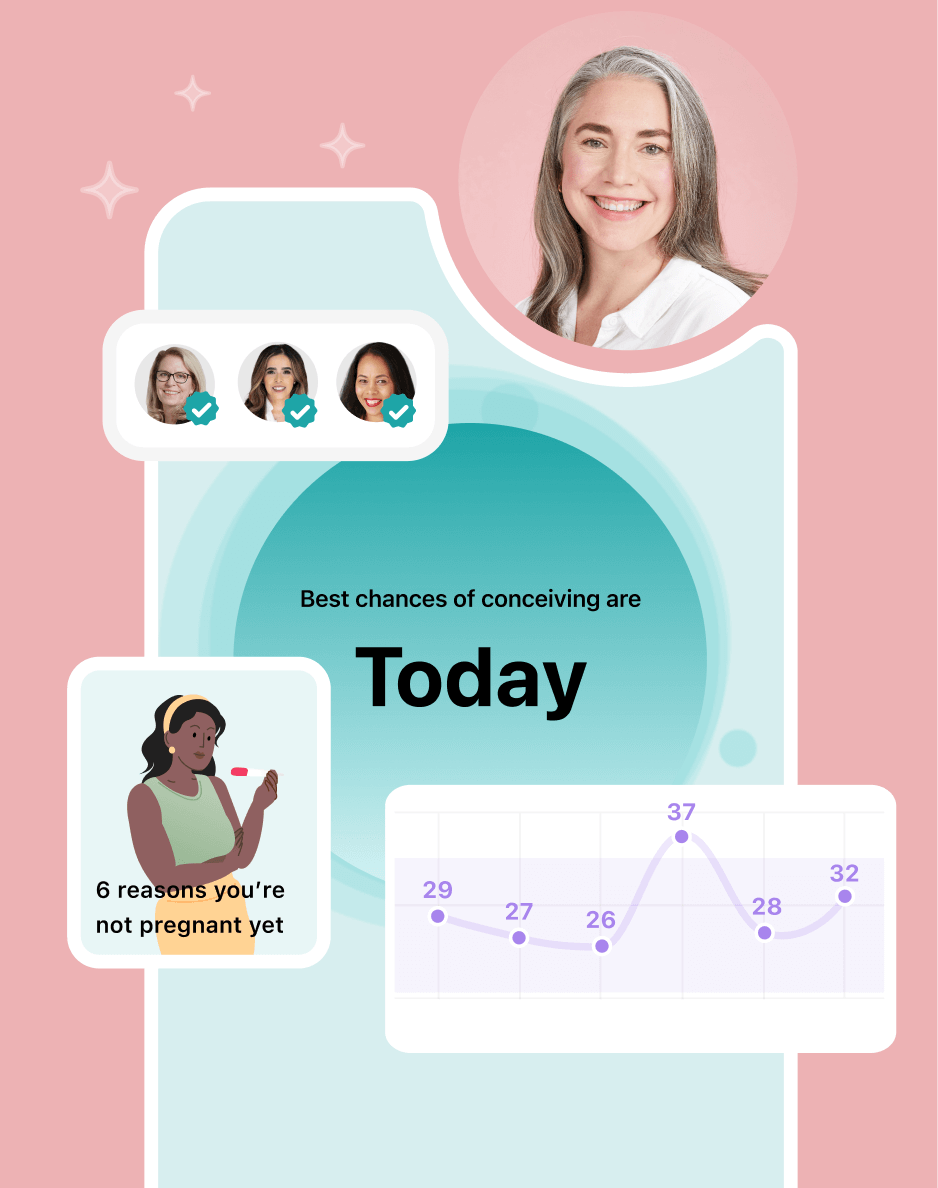
Hey, I'm Anique
I started using Flo app to track my period and ovulation because we wanted to have a baby.
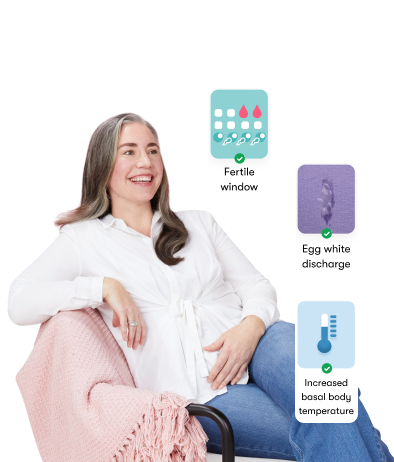
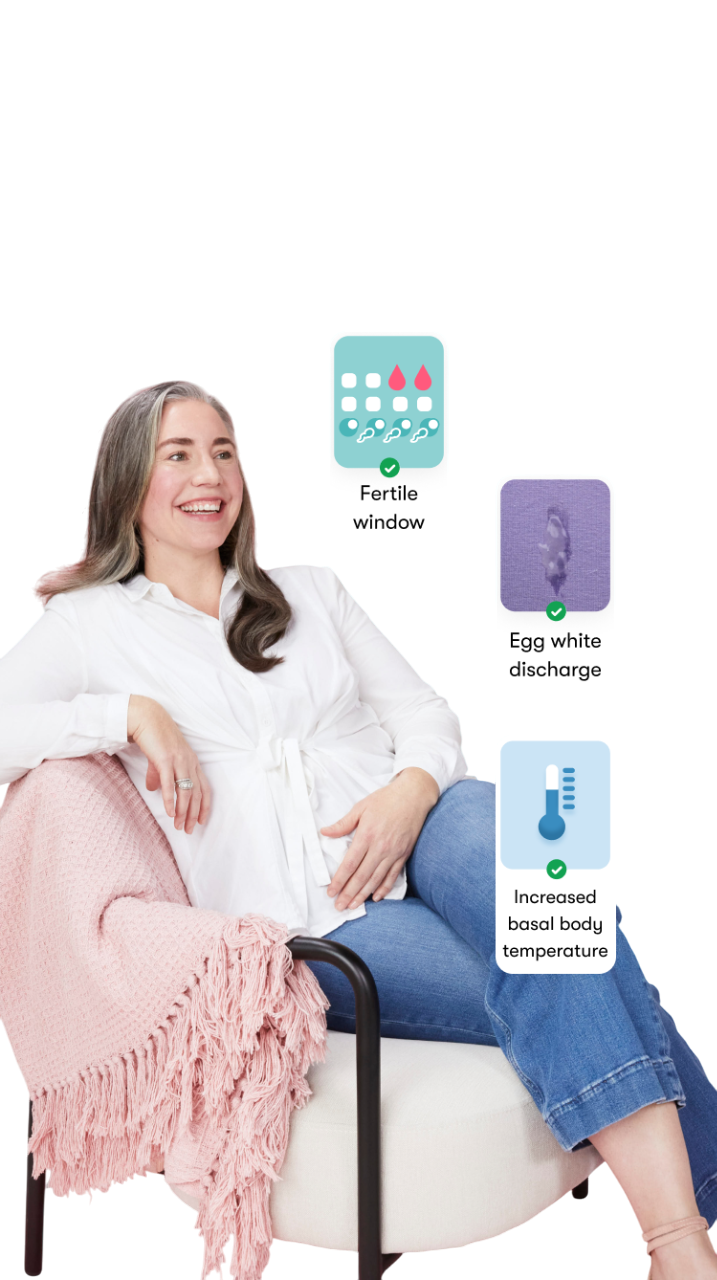
The Flo app helped me learn about my body and spot ovulation signs during our conception journey.
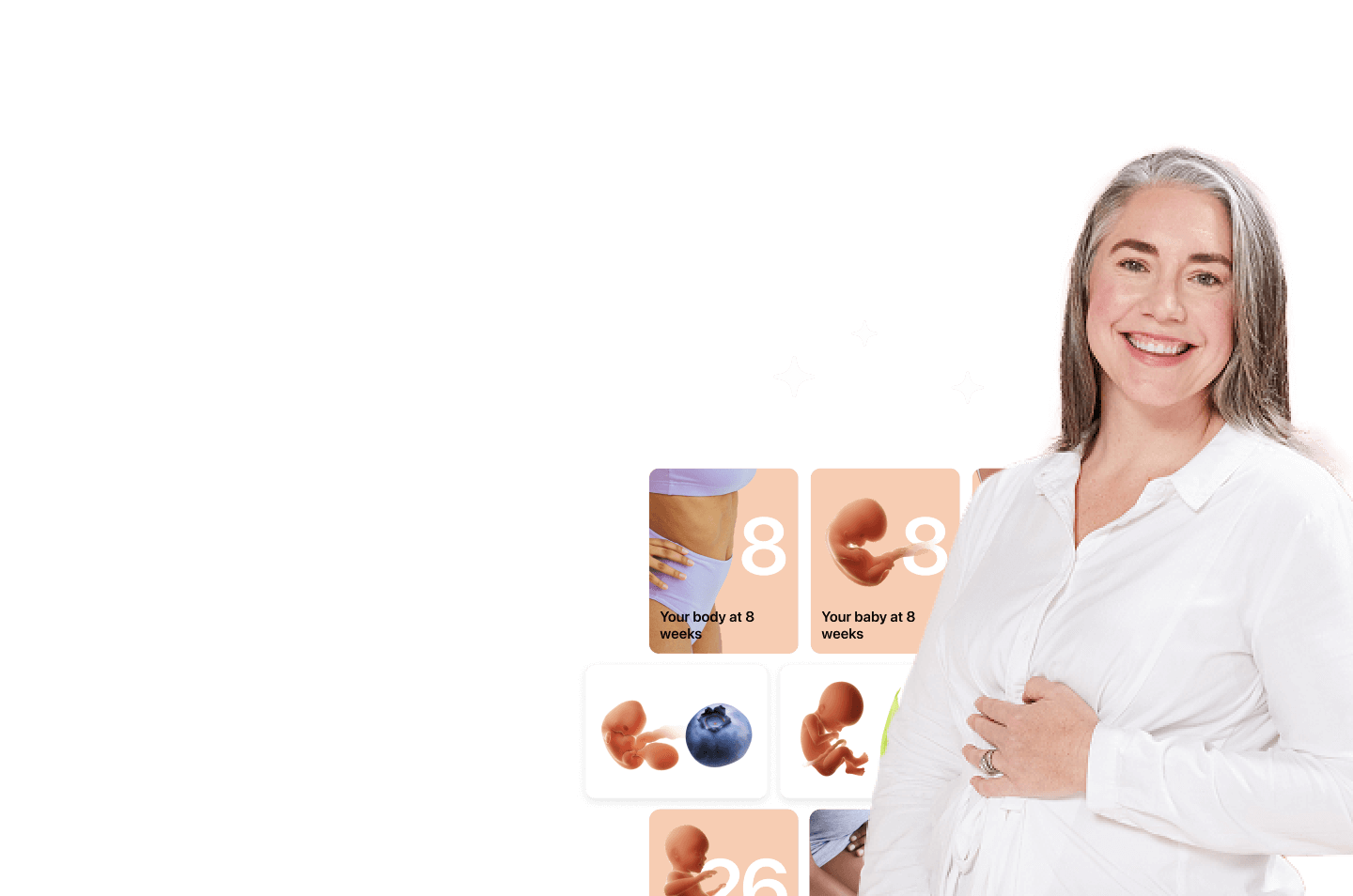
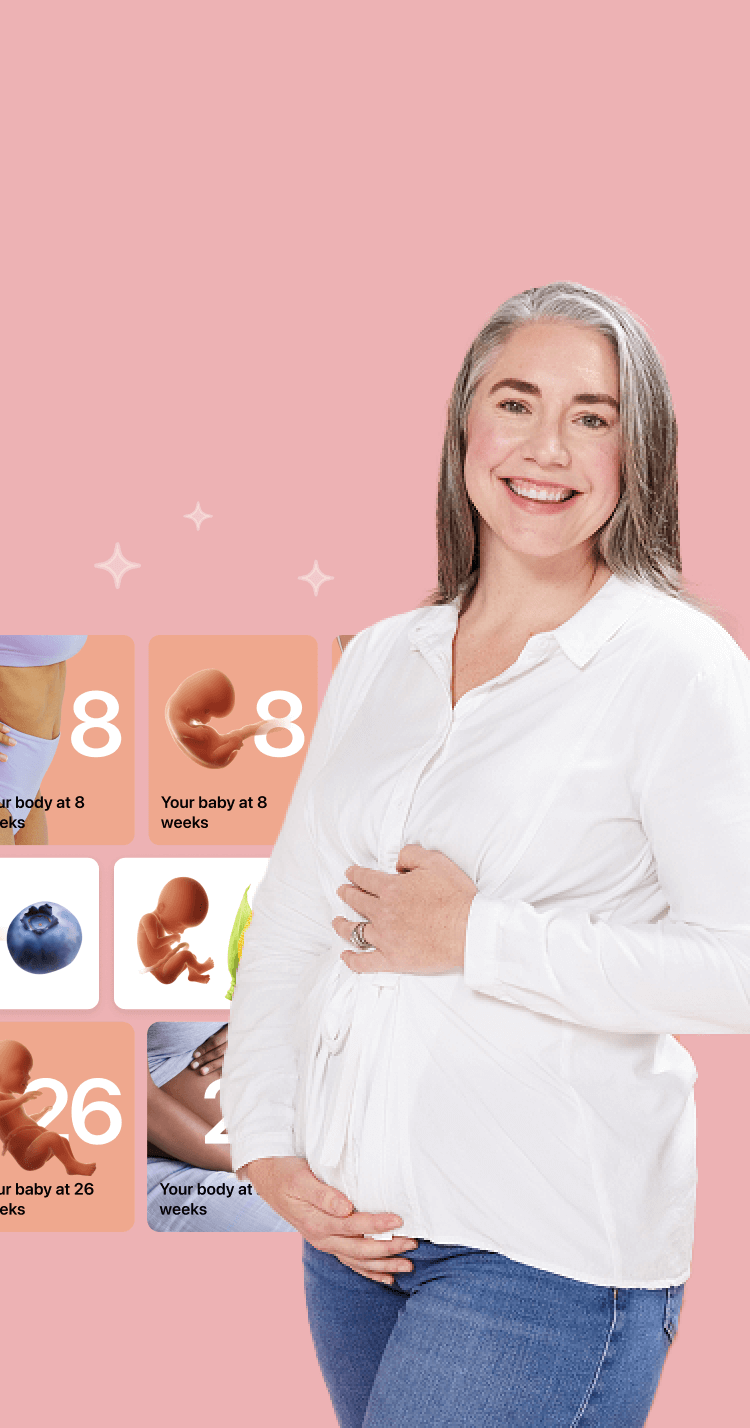
I vividly
remember the day
that we switched
Flo into
Pregnancy Mode — it was
such a special
moment.
Real stories, real results
Learn how the Flo app became an amazing cheerleader for us on our conception journey.

